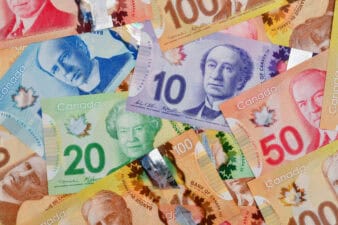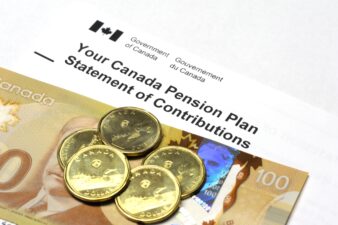The dot-com bubble made millionaires in a short period of time, but many people also lost their fortunes when they joined the group of speculators. How can you prevent yourself from losses due to speculation?
The dot-com bubble, or Internet bubble, started forming in 1997. Companies related to the Internet traded at higher and higher valuations with the hopes of higher future profits. The higher the stock prices went, the stronger the market’s confidence in the companies.
For example, in January 1997 Cisco Systems, Inc. (NASDAQ:CSCO) traded at about US$8 per share (split-adjusted), and in March 2000, at the peak of the Internet bubble, Cisco traded as high as US$77 per share.
Cisco’s stock price shot up over 860% in the short span of three years from 1997 to 2000, while its earnings per share (EPS) only grew 130% in that period. In fact, at US$77, Cisco was trading at a price-to-earnings ratio (P/E) of more than 160! It took another six years from the bubble burst and stock price collapse before Cisco’s earnings finally caught up with its stock price.
What can we learn from this?
Focus on now
Many people jumped into the market action as they saw their neighbours making fortunes seemingly overnight. However, all of that was based on speculation and the hopes that stock prices would go higher; there weren’t enough fundamentals and facts supporting the ridiculously expensive share prices. There was no way Cisco was worth 800% more when its earnings only increased by about 100%.
Instead of speculating about future profits that we don’t know a company is going to earn, focus on the most fundamental metrics of the company today.
How much is a company earning now? How much is it selling for? In 2015 Cisco’s EPS was US$2.21, and its estimated EPS for 2016 is US$2.30, implying 4% growth. The company trades at about US$28 per share with a forward P/E of about 12.2.
Valuation
Never overpay for a company. The Cisco example showed that in the short term, speculation can bring stock prices to astronomical levels, but eventually, the market will come to its senses; the bigger a bubble forms, the more painful the burst is. If someone bought at the peak of $77, they would have seen their investment lose about 80%!
A multiple around 12 is a reasonable valuation to pay for Cisco. It’s an A-grade company with an S&P credit rating of AA-, it has reasonable debt levels with a debt-to-cap ratio of 25%, and it pays a 3.7% yield with a payout ratio of less than 50%.
Conclusion
To avoid devastating losses in your investments, avoid speculating. Focus on the fundamentals of the company today and never overpay for even the best of companies. Although there are industry and company specifics, roughly speaking, a company is reasonably valued at a P/E of 15 if it grows its earnings at a moderate pace of 7%.







